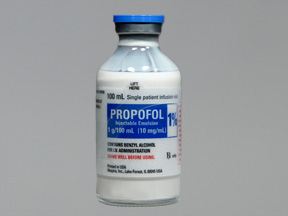 While anesthesia has improved over the last century and become less of a potential danger, patients are still worried about having “general” anesthesia. Luckily, there are many options when it comes to anesthesia for cosmetic surgery.
While anesthesia has improved over the last century and become less of a potential danger, patients are still worried about having “general” anesthesia. Luckily, there are many options when it comes to anesthesia for cosmetic surgery.
First off, depending on the type of cosmetic surgery, you may not even need general anesthesia. General anesthesia requires a breathing tube placed at the back of the throat or through the vocal cords. This allows for complete control of a patient’s breathing with a ventilator (sometimes inaccurately referred to as a respirator).
In the case of general anesthesia, the patient is not breathing on their own so they can be put to sleep fully without fear of experiencing any pain. This type of anesthesia is appropriate for procedures when pain can’t be eliminated with local anesthesia. Examples include surgery involving bone like chin augmentation or a brow lift since the implants in these operations are sometimes anchored to the bone.
Another example when general anesthesia is preferred is with a full abdominoplasty. While it’s possible, it’s also very difficult to eliminate pain during a tummy tuck due to the tightening of the abdominal wall. Also, to tighten these muscles, it’s best if the patient is totally relaxed. And to eliminate the pain and ensure total relaxation, general anesthesia is very appropriate.
A breast augmentation can be performed under general anesthesia to remove any pain associated with cutting the muscle when the implant is placed under the muscle. It’s also possible to perform a breast augmentation under MAC (monitored anesthesia care) or “twilight” with drugs like propofol and then injecting local anesthesia, such as lidocaine, into the skin before making an incision and into the muscle before cutting.
Finally, the removal of a mole can be performed easily with simple local anesthesia. So there you have it! Anesthesia for cosmetic surgery can come in many forms and is appropriate in different situations. Basically, if the pain can be covered with local anesthesia alone, that’s all you need. However, if treating large areas during surgery such as a facelift or liposuction, additional sedation may be required.
To check pricing on procedures and discuss the type of anesthesia you need, click here to find a board certified plastic surgeon near you.




